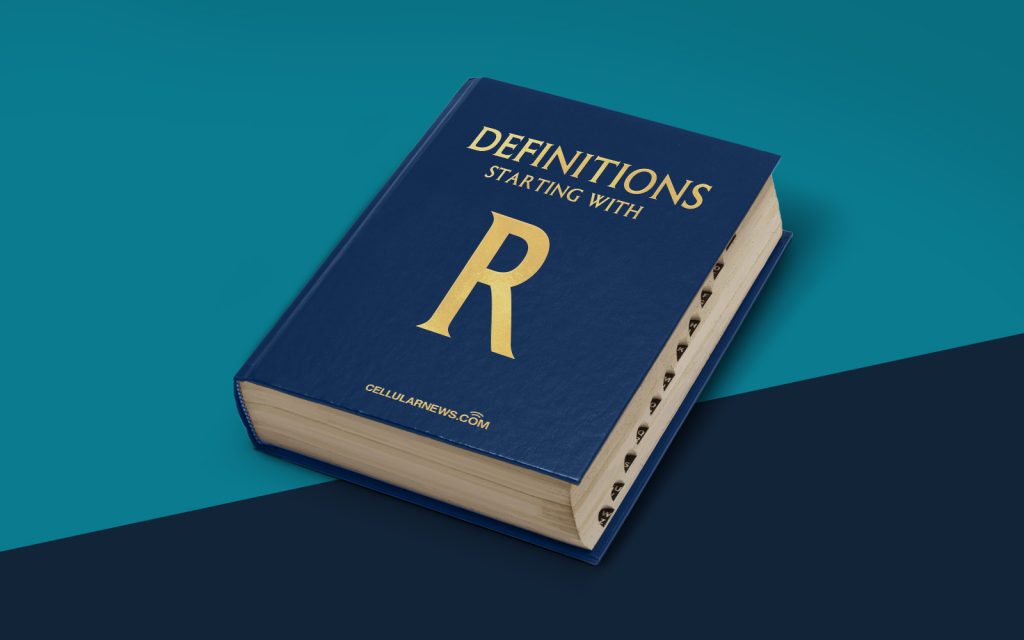
Understanding the Relational Model: Simplifying Complex Data
Have you ever wondered how data is organized and stored in databases? If you are curious about the inner workings of databases, you’ve come to the right place. In this article, we will be exploring the relational model, a fundamental concept in database design and management.
Key Takeaways
- The relational model organizes data in databases using tables and relationships.
- E.F. Codd introduced the relational model in the 1970s.
So, what exactly is a relational model?
In simple terms, a relational model is a way of organizing and structuring data in databases using tables, with each table representing a specific entity. These tables are then connected through relationships, which define the associations between different entities.
The relational model has become the foundation of modern databases due to its simplicity and flexibility. It was introduced by E.F. Codd in the 1970s and has since revolutionized the way data is stored and retrieved.
Tables and Entities: The Building Blocks of the Relational Model
In the relational model, a table represents an entity or object, such as a customer, product, or employee. Each table consists of rows and columns, where each row represents a specific instance or record of the entity, and each column represents a different attribute or characteristic of the entity.
For example, let’s consider a table called “Customers.” Each row in this table represents a unique customer, and each column represents a different attribute of the customer, such as their name, address, and email.
To ensure the uniqueness of each record, the relational model utilizes primary keys. A primary key is a column or a combination of columns that uniquely identifies each row in a table. For instance, in the “Customers” table, the primary key could be a customer ID column.
Through the use of relationships, the relational model allows us to establish connections between tables. These relationships can be of different types, such as one-to-one, one-to-many, and many-to-many. They enable us to link data from different tables to retrieve relevant information.
Advantages of the Relational Model
The relational model offers several advantages that contribute to its widespread use in database systems:
- Simplicity: The relational model provides a straightforward and intuitive way to organize and manage data. Its tabular structure makes it easy to understand and navigate, even for non-technical users.
- Flexibility: With the ability to establish relationships between tables, the relational model allows for complex data structures without sacrificing ease of use. It can handle vast amounts of interconnected data efficiently.
- Efficiency: The relational model’s design promotes efficient data access and retrieval. Its indexing and querying capabilities make it possible to quickly retrieve specific data without scanning the entire database.
- Data Integrity: Through the use of primary keys and referential integrity constraints, the relational model ensures the accuracy and consistency of data. This helps maintain data quality and prevents anomalies.
The relational model has been a game-changer in the world of databases. Its simplicity and flexibility make it a powerful tool for effectively managing and organizing complex data. So, the next time you interact with a database, remember the underlying framework that makes it all possible – the relational model!
